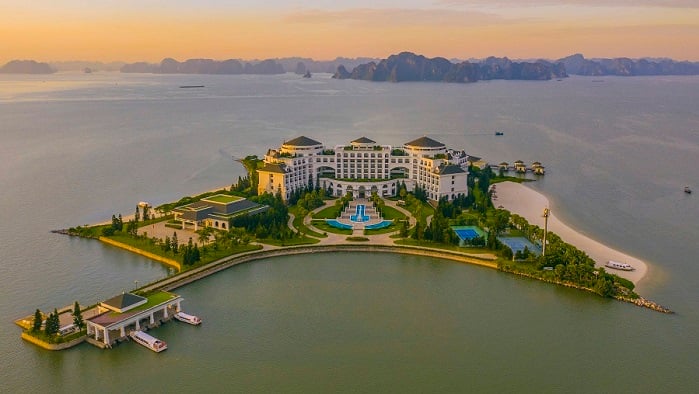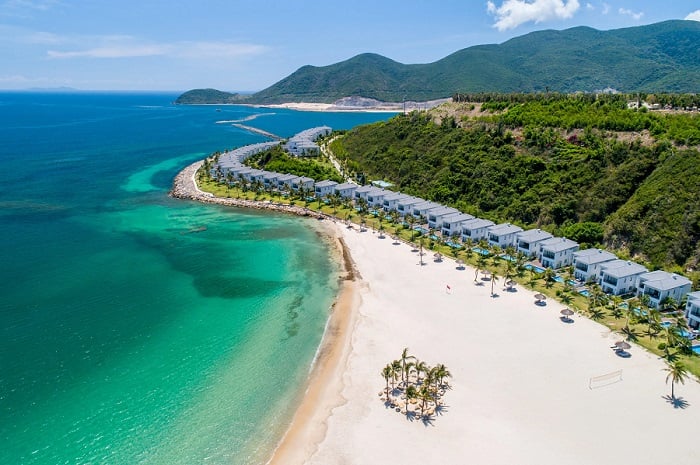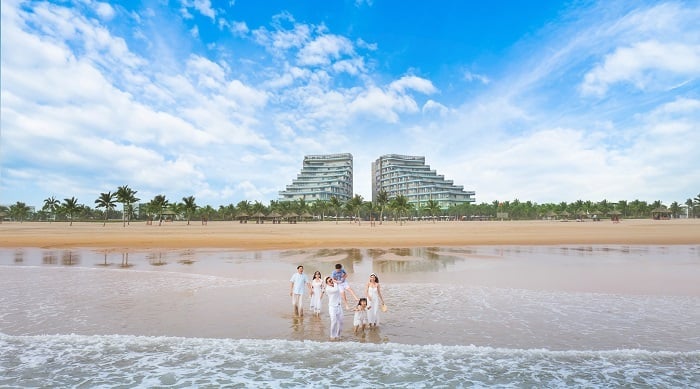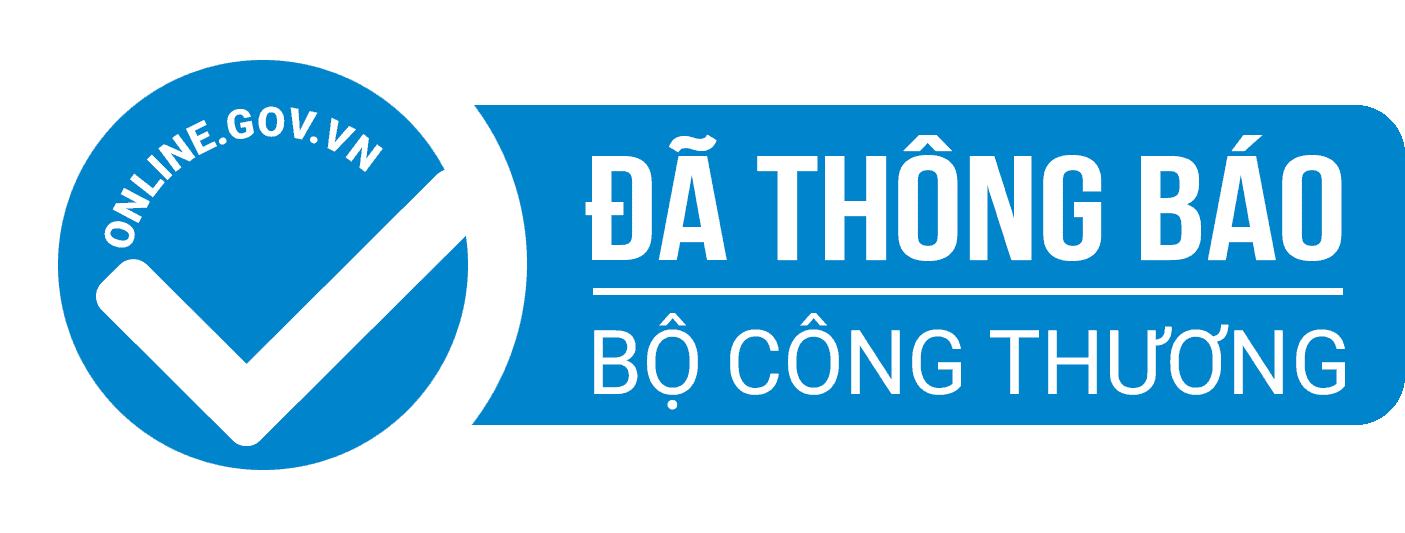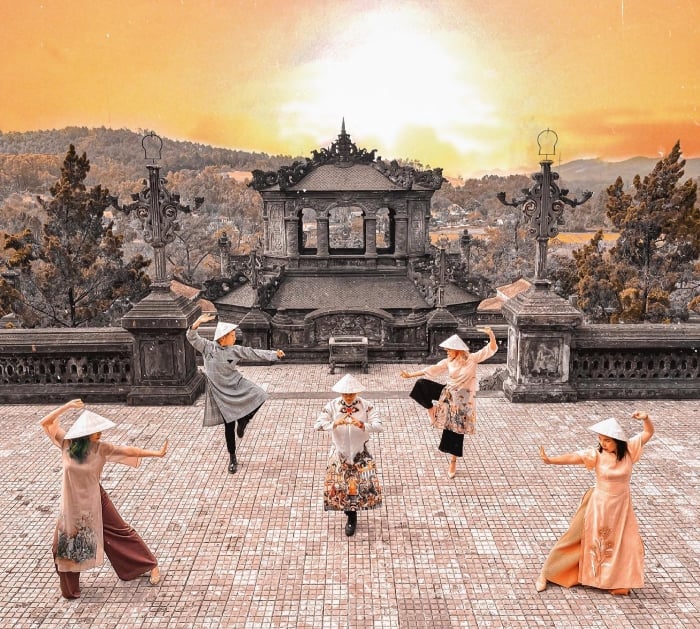
If you are passionate about Vietnamese culture or just looking for an escape from the bright lights and traffic jams of bustling cities, Hue could be a long-awaited oasis for you. Regardless of the rapid urbanization in Southeast Asia, the ancient royal city enchants tourists with poetic landscapes, a tranquil atmosphere, religious traditions, hundreds-year-old historic architecture, and significant highlights of UNESCO-recognized tangible and intangible cultural heritages. This article will provide you with the essential information you need to know before planning your trip to Hue, Vietnam.
1. About Hue, Vietnam
1.1. Hue location
Located in central Vietnam, Hue City is the capital of Thua Thien Hue - a coastal province which shares borders with Quang Tri Province to the north, Quang Nam Province and Da Nang to the south, Laos to the west and the East Sea to the east. The province has an 80 kilometer-long Perfume River, a 128 kilometer-long coastline, and over 200,000 hectares of forest.
As one of the leading central provinces, Thua Thien Hue affords a convenient transportation system with Phu Bai International Airport, Thuan An Port, Highway 1A, and the trans-Vietnam train.

1.2. History of Hue Vietnam
Hue originally belonged to a prefecture of the Champa Kingdom before the occupation of the Vietnamese. Hue, Vietnam had started its long history as a feudal capital since when it was ruled by the nine Nguyen lords of Inner Realm (Central and Southern Vietnam) from 1687 to 1775. Subsequently, the Tay Son brothers conquered Hue and it remained the administrative capital from 1788 to 1801. After the fall of the Tay Son Dynasty, Emperor Gia Long (Nguyen Anh), a successor of the Nguyen lords, recaptured Hue Imperial capital and unified the Vietnamese monarchy, which paved the way for the reign of the thirteen emperors of the Nguyen dynasty - the last dynasty in Vietnam from 1802 to 1945.
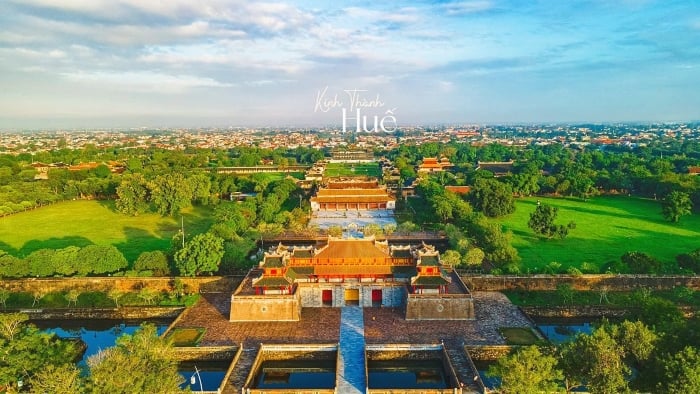
In the 1880s, Hue remained the Imperial Palace of the French protectorate (Annam) established over Central Vietnam. This is why the intriguing architecture in Hue represents strong French influences. Eventually, Hue’s royal glory ended after the last Nguyen King - Bao Dai - abdicated in 1945.
During the Vietnam War, notably the “Battle of Hue” - a part of the Tết Offensive in 1968, Hue endured considerable damage due to its proximity to the border that separates the South and the North. Afterward, massive reconstruction and rehabilitation had been undertaken to restore the precious historic relics in the ancient capital.
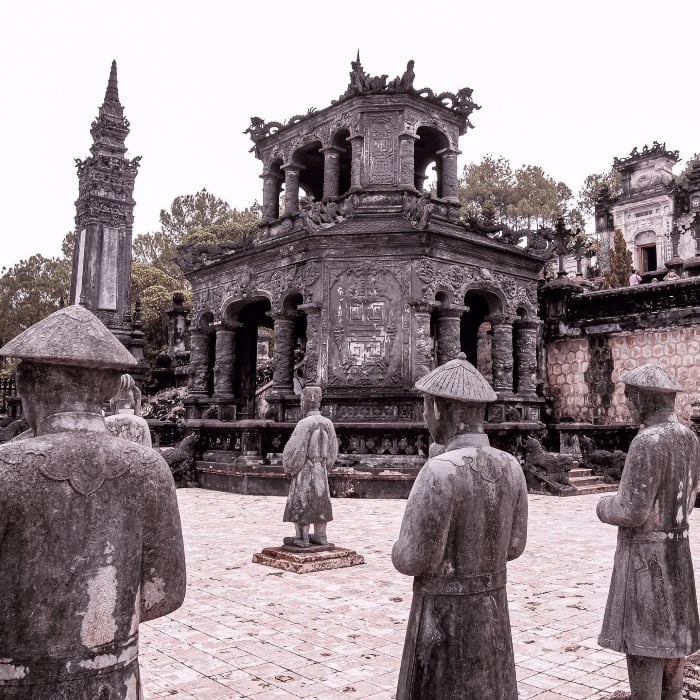
Throughout 5 centuries, Hue was the cradle of imperial power and patriotic revolutions, witnessing the splendor of the Vietnamese’s feudal past and their suffering in the fierce wars. In modern times, Hue retains its significance as a center for tourism, education, and religion in central Vietnam.
1.3. Hue's weather - The best time to visit Hue
Hue's weather features a tropical monsoon climate with 4 seasons: spring, summer, autumn, and winter. You can plan your trip considering each season's characteristics.
- Mid-January ~ April: The average temperature during spring is around 22°C~25°C. It is dry and less humid from February to April, making this period the most pleasant time of the year to enjoy outdoor activities. Annually, Hue welcomes ever-increasing holidaymakers during the Lunar New Year (January or February) and the Hue Festival (April) - a significant cultural event celebrated every two years to honor the traditional and historical values of the city.
- May ~ August: In the summertime in Hue city, the temperatures average 30°C~38°C. During the dry season with high humidity, indoor activities are favorable, such as visiting temples, museums, and traditional markets.
- Mid-August ~ September: The temperatures drop to around 18°C~20°C, and rains start falling in autumn. This rainy season is preferable for travelers who want to avoid the crowd in peak seasons.
- October ~ December: Flood and rainfall tend to occur frequently at the end of the year. This flood season is not the best time to visit Hue.
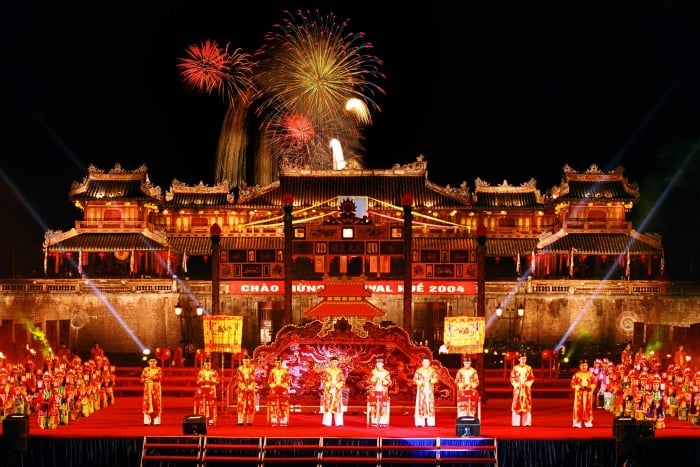
Please note that due to the high reservation traffic of Hue hotels during the peak season of domestic travel, having accommodations booked in advance will be necessary for your relaxing vacation in Hue, Vietnam.
You may also like:
- Vietnam capital: Things to know before your departure
- Seasons in Vietnam: Different features by region that you may not know
- Nightlife in Vietnam: 10+ MOST vibrant places for gathering and more
2. How to get to Hue City?
Since Hue has an accessible location in the center of Vietnam, it is easy to travel to Hue from Ho Chi Minh City (1100 kilometers to the south), Hanoi (700 kilometers to the north), or the nearby Da Nang City (about 100 kilometers away) by the following means of transportation:
- Airplane: There are regular domestic flights from Ho Chi Minh City or Hanoi to Hue’s Phu Bai Airport (HUI). Then, you can catch a taxi from Phu Bai Airport to reach Hue City center (about 15 kilometers away).
- Train: Hue is an express stop on the main north-south railway line that connects Hanoi and Ho Chi Minh City. It would be an unforgettable journey to Hue when you pass the spectacular scenery on overnight trains with air-conditioned compartments, soft seats, and comfortable sleeping beds at reasonable prices.
- Bus: A tour bus is the longest but cheapest way to get to Hue from Da Nang (2.5 hours), Hanoi (13 hours), or Ho Chi Minh City (25 hours). Buses will arrive at the two hub bus stations of Hue City: the Northern Bus Station and the Southern Bus Station. You can make online booking through private agents in the town.
- Car/motorbike: From Da Nang City, you can take a 3-hour ride to Hue by following the coastal road of National Highway 1, which passes through the scenic Hai Van Pass (Hai Van Quan).
The means of transportation in Hue include various types such as cyclos, motorcycles, bicycles, taxis, etc. Therefore, tourists have a diverse range of options according to their needs. Among these choices, XANH SM Taxi stands out as an exceptional option.
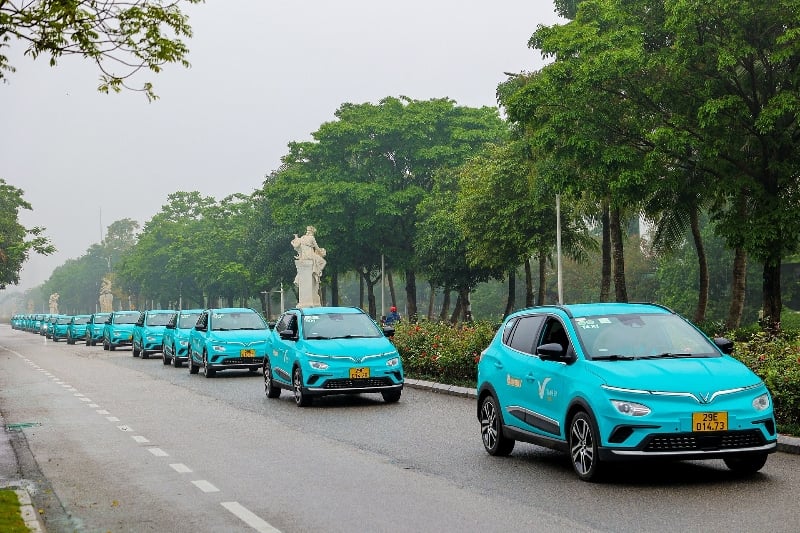
XANH SM Taxi - the first electric taxi company in Vietnam, operated entirely with VinFast electric cars. Customers who travel by XANH SM taxi not only receive an excellent standard of service, but they also join XANH SM in its efforts to reduce vehicle emissions and safeguard the environment. XANH SM provides standard and luxury taxi service, airport taxi, with attractive promotions. Customers can easily book a taxi in 04 ways:
(1) Call the national hotline 1900 2088
(2) Wave on the street like a traditional taxi
(3) Book on the Taxi Xanh SM app. Click HERE to download the app
(4) Use the beVinFast service on the multi-service customer platform BE to book Xanh SM taxi
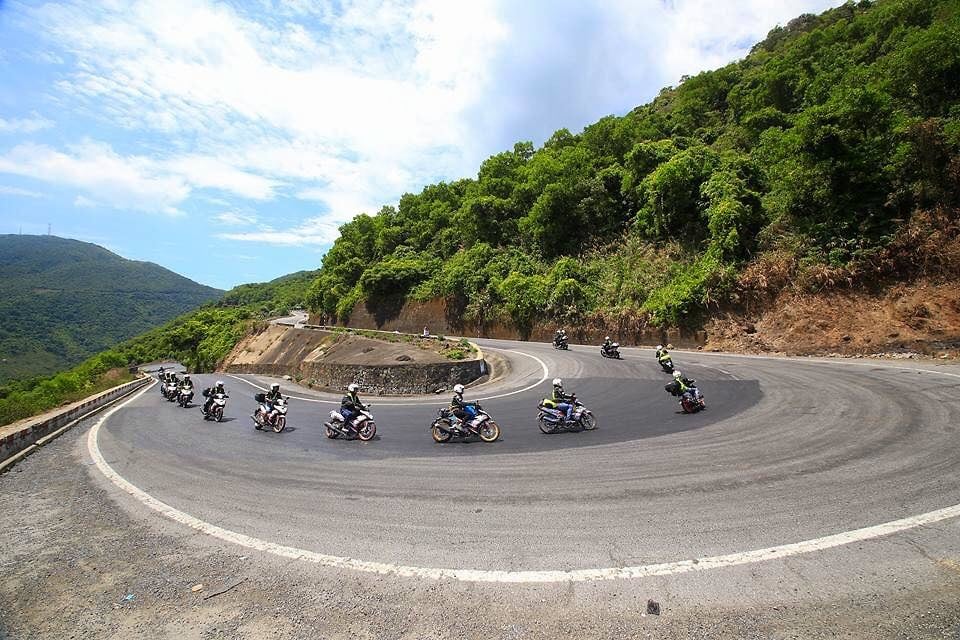
3. Where to visit: Top 12 best attractions in Hue, Vietnam
3.1. The Imperial City of Hue - A complex of royal Hue palaces
The Imperial City of Hue belongs to the Complex of Hue Monuments - honorably the first UNESCO-recognized Cultural Heritage Site in Vietnam (1993). It features stupendous structures of opulent palaces, intricate shrines, pavilions, and ornate gardens, which once served as the Nguyen Dynasty's base of power for 143 years (1802 - 1945). Construction of the astonishing site was started in 1803 by the first Nguyen emperor - Gia Long and was finally completed under the reign of his descendant - Minh Mang Emperor. The landmark is one of the enormous constructions being done in the history of modern Vietnam and an outstanding example of late feudal urban planning in East Asia.
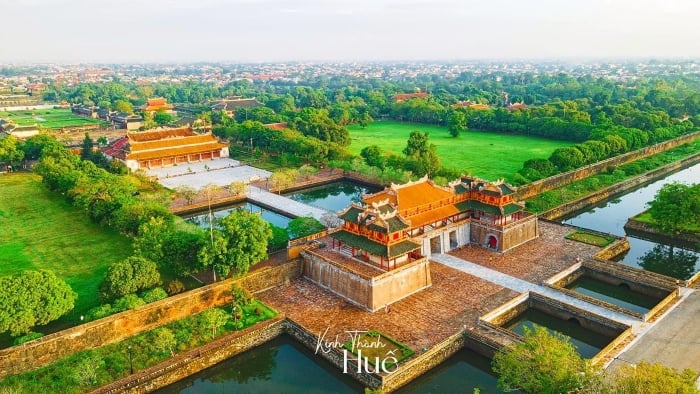
Hue Imperial City, about 520 hectares in size, includes 3 main sections: Hue Citadel (Kinh thành Huế) - a square fortress of 10 kilometers in circumference that encloses the entire compound; Royal City (Hoàng thành Huế or Đại Nội) – the bureaucratic center and workplace of emperors, mandarins, and soldiers; lastly, Forbidden Purple City (Tử cấm thành Huế) - an exclusive residence for emperors, royal families, and eunuchs.
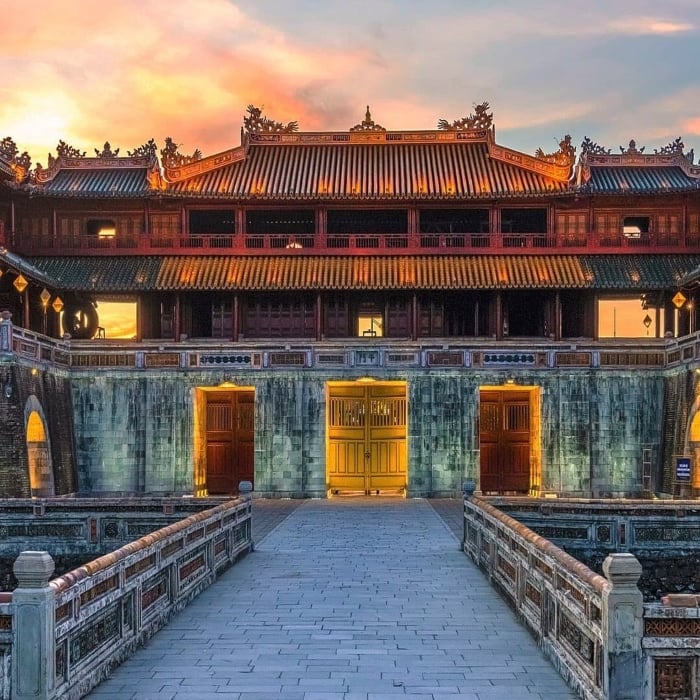
The architecture vividly depicts the imprint of Oriental philosophy and Vietnamese feudal patterns. Its elaborate exterior is aligned symmetrically and incorporated into the Five Elements (earth, metal, wood, water, fire) and the Five Colors (yellow, white, blue, black, red). The auspicious site of Hue Imperial City also indicates the harmony of nature between the Ngu Binh Mountain and the Perfume River. According to geomancy, this natural setting has symbolic importance in bringing good omens to the empire and warding off malevolent spirits.
All these sophisticated designs had created magnificent landscapes and great solemnity for Hue Imperial City, demonstrating the ultimate power of the last Vietnamese dynasty.
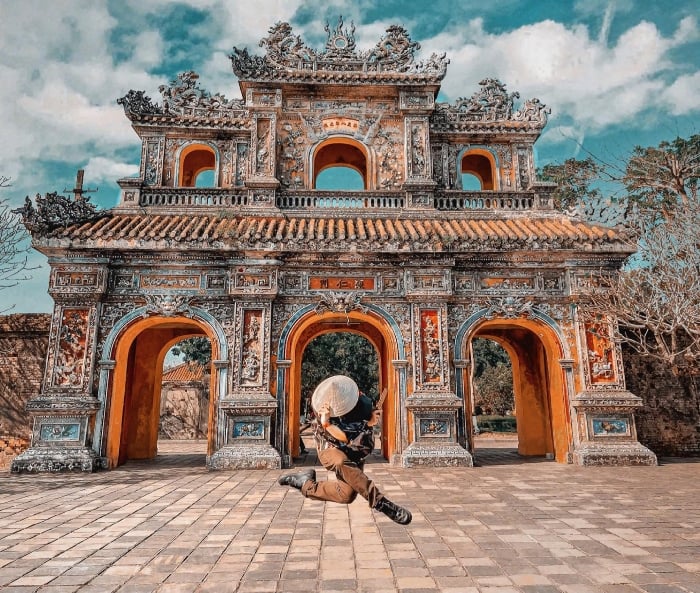
Address: 23/8 Street, Thuan Hoa Ward, Hue City, Thua Thien Hue Province, Vietnam
Opening hours: 8 AM – 5:30 PM (daily)
Entrance fee (most recently updated in 2024):
- Ticket to the Imperial City only: 200.000 VND/person
- Combination ticket (to the Imperial City + Minh Mang Tomb + Khai Dinh Tomb + Tu Duc Tomb): 530.000 VND/person
- Full-package ticket to the Complex of Hue Monuments: 580.000 VND/person
3.2. Vietnamese royal tombs in Hue
Encompassed in the Complex of Hue Monuments, the ancient mausoleums of the Nguyen Emperors are must-see destinations in Hue, Vietnam. These lavish “homes of the other world” of emperors represent the Eastern beliefs in the afterlife and the peak of Vietnamese imperial architecture with a perfect Feng Shui layout. Among the seven extant regal mausoleums, Khai Dinh Tomb, Tu Duc Tomb, and Minh Mang Tomb are frequently visited thanks to their good condition and convenient location.
- Khai Dinh Tomb
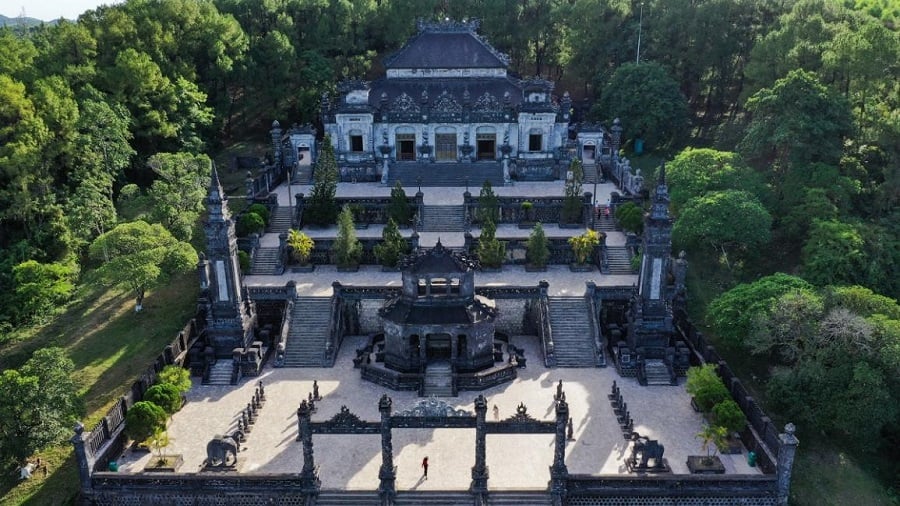
The Tomb of Khai Đinh (Lăng Khải Định in Vietnamese), officially Ung Mausoleum (Ứng Lăng), was first established in 1916 by Emperor Khai Dinh, the penultimate Nguyen Emperor, and completed 11 years later by his son – Emperor Bao Dai. This rectangular structure is nestled on the hillside of Chau Chu Mountain, 10 kilometers away from Hue center, which takes tourists 127 steps on the stairway to enter the central sanctum at the top.
The monument is distinguishable from the traditional tombs of other kings with its European-influenced design since it was built during the French colonialism period in Vietnam. Khai Dinh chose to decorate his final resting place with modern materials from France, China, and Japan like concrete, slates, collared glass, steel, and wrought iron, shaping its gray and imposing exterior. Khai Dinh Tomb is the smallest but most costly and most recently built compared to other Nguyen regal tombs.
Location: Chau Chu Village, Huong Thuy Town, Thua Thien Hue Province
Entrance fee: 150.000 VND/person
- Tu Duc Tomb
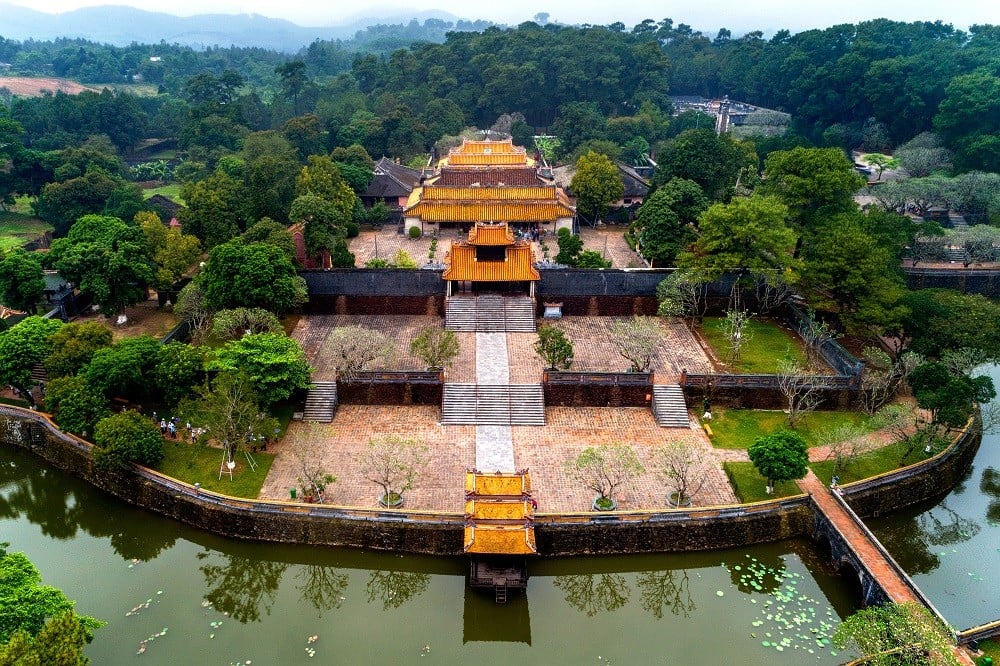
The Tomb of Tu Duc (Lăng Tự Đức), known as Khiem Mausoleum (Khiêm Lăng), was erected in 1864 by Tu Duc - the 4th Nguyen Emperor and completed in 1867, 10 years before his decease. It once served as the king’s retreat and the place for his eternal sleep. Sprawling among 12 hectares of pine valley, the megastructure accommodates over 50 opulent palaces for the king and his concubines, a vast lake, wooden pavilions, and shrines surrounded by a 1,500 meter-long wall.
Instead of using straight lines and angular shapes as other royal mausoleums, Tu Duc Emperor designed his tomb with delicate traditional patterns that integrated with the contemplative nature and the poetic atmosphere, reflecting his aesthetic sense of an artist. He named the monument Khiem (“Modest” in English) to express his regret for causing civil unrest during the construction of his tomb.
Location: 17/69 Le Ngo Cat Street, Thuy Xuan Ward, Hue City, Thua Thien Hue Province
Entrance fee: 150.000 VND/person
- Minh Mang Tomb
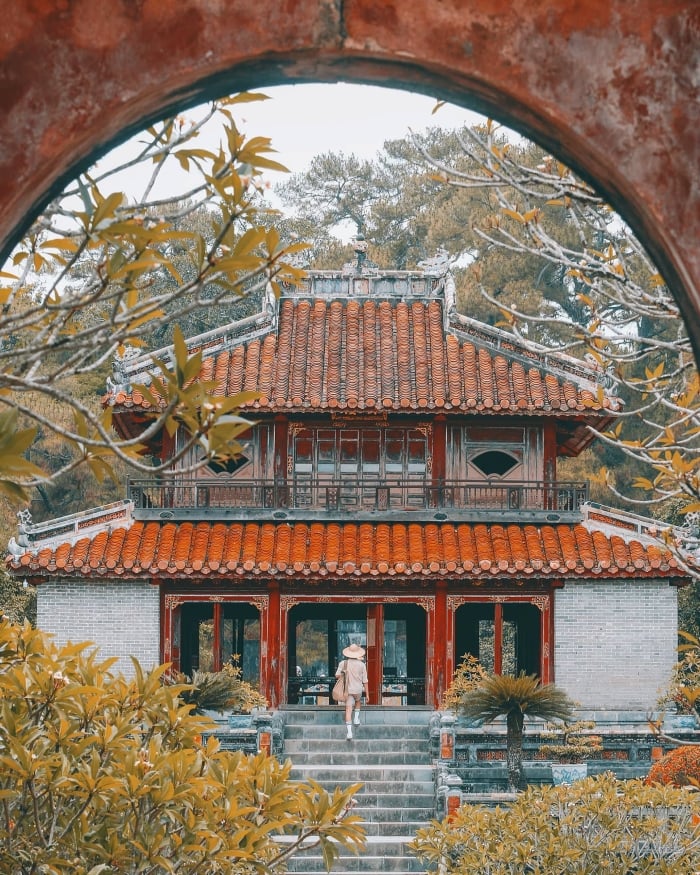
The tomb of Minh Mang, known as Hieu Mausoleum (Hiếu Lăng), on the west bank of the Perfume River and about 12 kilometers south of Hue City center, covers 28 hectares on Cam Khe mountain. The construction of this expansive tomb was initiated by Minh Mang - the second Nguyen Emperor, in 1840 and finished in 1983 under Emperor Thieu Tri’s era. As Minh Mang is a staunch Fen Shui follower, he wanted to build a world for his everlasting sleep in a symmetric manner. In this grandiose complex, 40 monuments are arranged in two sides of an east-west axis, including palaces, temples, and pavilions.
The crescent-shaped lake (Tan Nguyet lake) - the symbol of Yin, embraces the grave of Emperor Minh Mang (Buu Thanh) - the symbol of Yang, which is connected by a bridge (Thong Minh Chinh Truc) - the symbol of longevity. The royal tomb of Minh Mang affords a poetic setting and solemn outlook, representing a harmonious balance of Khai Dinh Tomb’s simplicity and Tu Duc Tomb’s splendor.
Location: La Khe Bai Village, Huong Tho Commune, Huong Tra District, Hue City, Thua Thien Hue Province
Entrance fee: 150.000 VND/person
3.3. Sacred Hue temples
Besides being a royal land, Hue is credited as the repository of many holy Buddhist relics which has become a decent place of local pilgrimage. Hue also earned a global reputation as the hometown of Thich Nhat Hanh, an esteemed Vietnamese Zen Master. Thus, a visit to the exquisite temples here is recommended for Hue travelers to contemplate the ancient Vietnamese Buddist art, gain spiritual enlightenment, and find peace of mind.
- Thien Mu Pagoda - The oldest Hue temple of over 400 years old
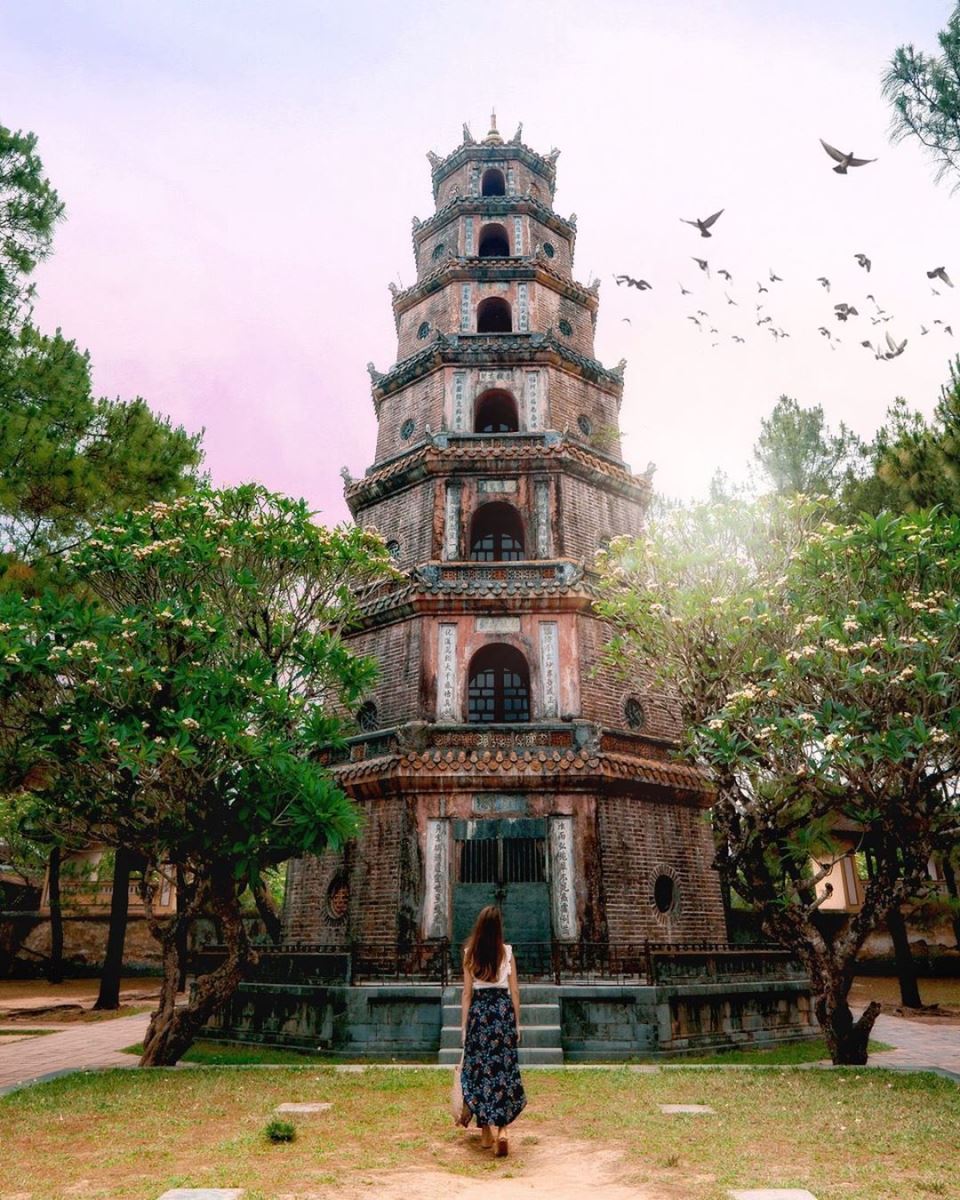
One of the most remarkable Hue temples is Thien Mu Pagoda, also known as Linh Mu Pagoda or Heaven Fairy Lady Pagoda, perched on Ha Khe hill, on the north bank of the Perfume River, roughly 3 kilometers west of Hue Citadel. Thien Mu Pagoda was initially founded in 1601 by Nguyen Hoang, the first Nguyen Lord who ruled the Inner Realm. Since then, Thien Mu Pagoda has been the oldest pagoda in Central and Southern Vietnam.
The noteworthy feature of the pagoda, Phuoc Duyen tower, was built in 1884 by Emperor Thieu Tri and has become the religious icon of Hue. This octagonal tower has seven storeys (21-meter tall) and is dedicated to a Manushi-Buddha who appeared in human form. Coming to Thien Mu Pagoda, visitors can explore its mysterious spiritual legend, observe the monks’ praying, or watch the glorious sunset on the Perfume River.
Location: Nguyen Phuc Nguyen Street, Huong Long Village, Hue City, Thua Thien Hue Province
Entrance fee: Free
- Thien Lam Pagoda - An extraordinary golden pagoda in Hue, Vietnam
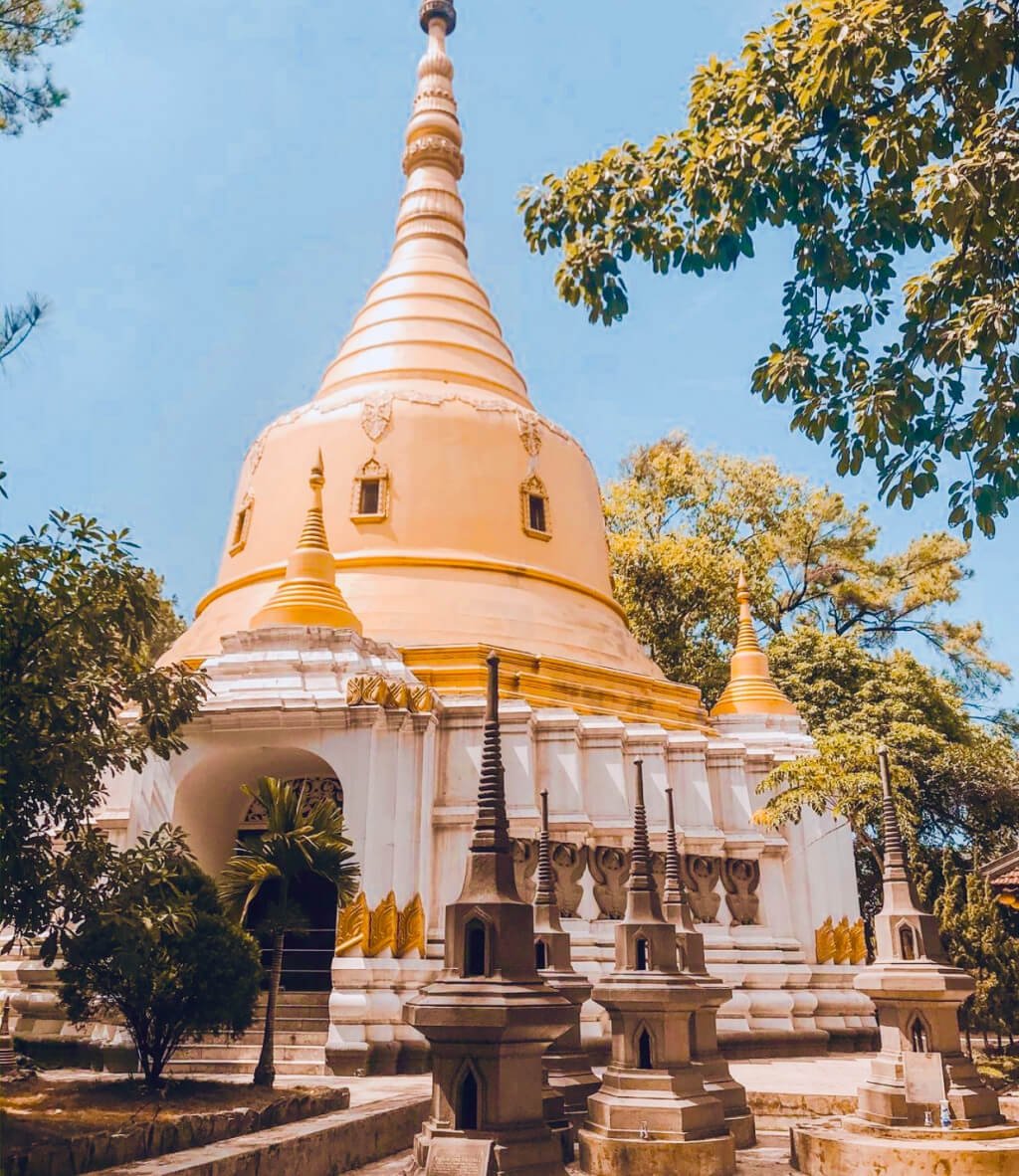
Situated on Quang Te hill, Thien Lam Pagoda is a Theravada pagoda erected by Most Venerable Ho Nhan in 1960 to worship Sakyamuni Buddha. Locals also call Thien Lam "the lying Buddha" or "the standing Buddha" pagoda because it boasts a 7-meter long lying statue and an 8-meter tall standing statue of Buddha. The 60-year-old pagoda is lightened with charming golden decoration amid a rustling green pine forest, arousing a feeling of tranquility and holiness.
Address: 22/54 Le Ngo Cat Street, Thuong 2 Hamlet, Thuy Xuan Commune, Hue City, Thua Thien Hue Province
Entrance fee: Free
- Truc Lam Bach Ma Zen Monastery
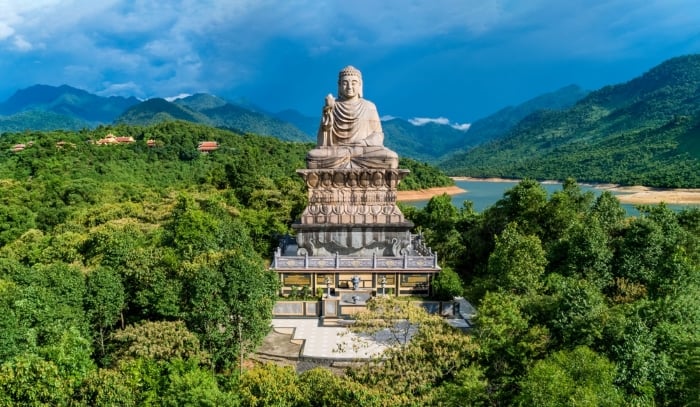
Lying on a slope of Bach Ma mountain, Truc Lam Bach Ma Zen Monastery is surrounded by Truoi Lake and stays hidden in a renowned eco-tourism destination - Bach Ma National Park. After climbing 172 steps from the wharf to the Hue monastery’s Three-entrance Gate, visitors will be captivated by an idyllic scenery of blue clouds, evergreen trees, and a sparkling lake covered in a subtle blanket of fog.
Location: Bach Ma Mount, Truoi Lake, Loc Hoa Commune, Phu Loc District, Thua Thien Hue Province
Entrance fee: Free
Articles for you:
- Thien Mu Pagoda Hue: One of the most recognizable landmarks to explore
- Lang Co beach: Explore one of the most beautiful beaches in Viet Nam
- Hue Food: TOP 16 must-try dishes to enjoy the best of Hue cuisine
3.4. An Dinh Palace - An ancient Hue palace
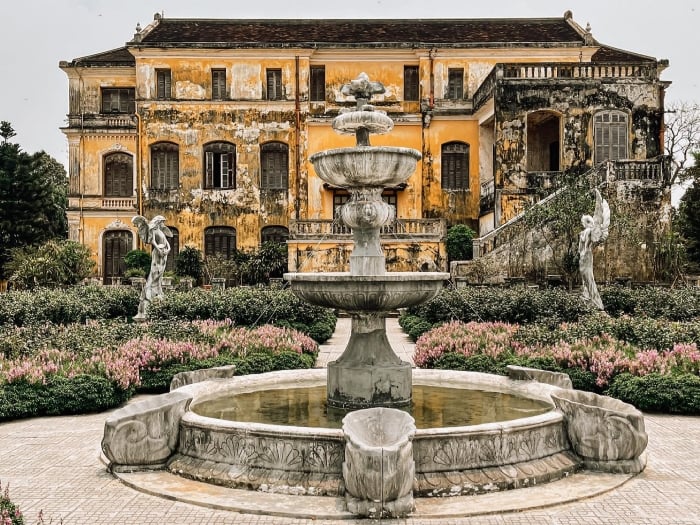
Recognized by UNESCO as a World Cultural Heritage, An Dinh Palace (Cung An Định in Vietnamese) is one of the rare regal palaces that remains intact in Vietnam after the war. An Dinh Palace was initially built in 1917 and served as the summer palace of Khai Dinh Emperor. Later, his son, Bao Dai - the last emperor of Vietnam, renovated the palace in modern style to make it become the primary abode after his abdication.
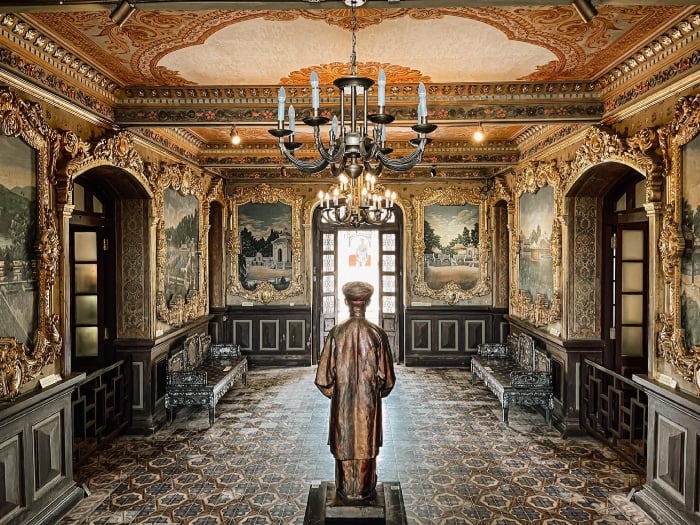
Situated 9 kilometers away from Hue Imperial Citadel, facing An Cuu River, the 104-year-old palace embodies a masterpiece blend of neoclassical architecture and the quintessence of East and West design. This construction resembles a splendid European castle adorned with elaborate traditional motifs of the royal court in the early 20th century. Throughout a century of substantial damage and restoration, Hue’s An Dinh Palace had witnessed the ups and downs of the last Vietnamese royal families. Thus, it is appreciated for its architectural and historical values.
Address: 179B Phan Dinh Phung Street, Phu Nhuan Ward, Hue City, Thua Thien Hue Province
Entrance fee: 50.000 VND/person
3.5. Thanh Toan Bridge
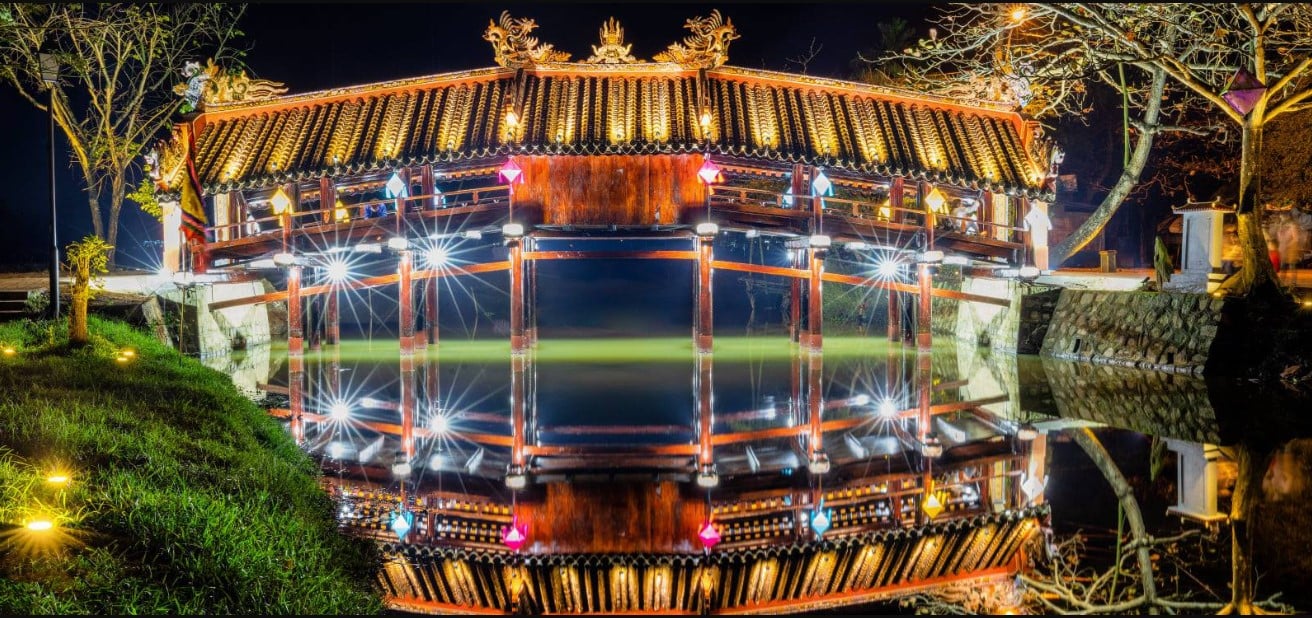
Thanh Toan Bridge is a 250-year-old wooden arched bridge with a tiled roof, spanning across a canal in Thanh Thuy Chanh village, 8 kilometers east of Hue city center.
Recognized as a National Cultural Monument in 1990, Thanh Toan tile-roofed bridge (18.75 meters in length and 5.82 meters in width) retains its rustic charms with high artistic and historical values. It is considered one of the most aesthetically cultural architectures in Vietnam, according to the celebrated researcher Louis Bazacier. This Hue ancient bridge also offers sightseers delightful hands-on experiences to explore the authentic Vietnamese countryside lifestyle through traditional games, festivals, and vending activities.
Location: Thuy Thanh Commune, Huong Thuy Town, Hue City, Thua Thien Hue Province
Entrance fee: Free
3.6. Lang Co Beach - A popular and beautiful Hue beach
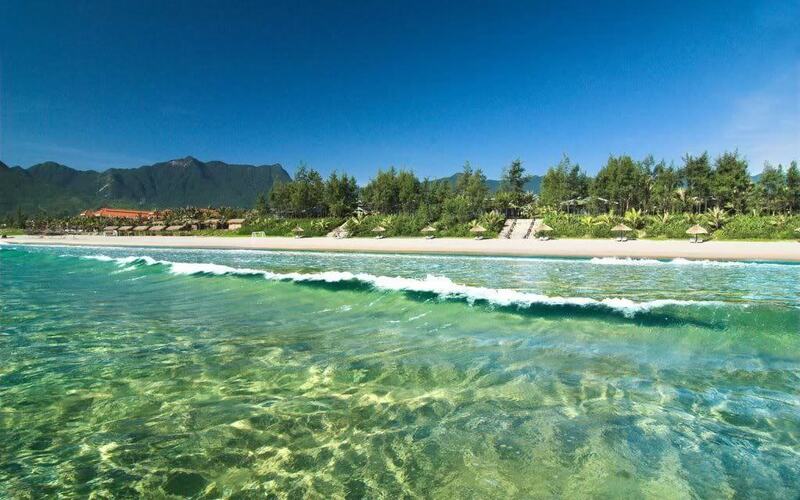
Located between Da Nang and Hue City, just 24 kilometers from Bach Ma National Park, Lang Co Beach is a favorite stop for sea lovers traveling between these two cities. Situated in one of the finest bays in the world - Lang Co Bay, this Hue beach stretches over 8 kilometers with palm-shaded white sand, crystal-blue seawater, and stunning scenery covered by a tropical forest. Besides, Lang Co Beach has abundant mouth-watering fresh seafood prepared in rich Vietnamese flavors, such as cuttlefish, oysters, crabs, and lobsters which will surely satisfy your craving for fine sea cuisine.
Address: 463 Lac Long Quan Street, Lang Co Town, Phu Loc District, Thua Thien Hue Province
Entrance fee: Free
3.7. Dong Ba Market
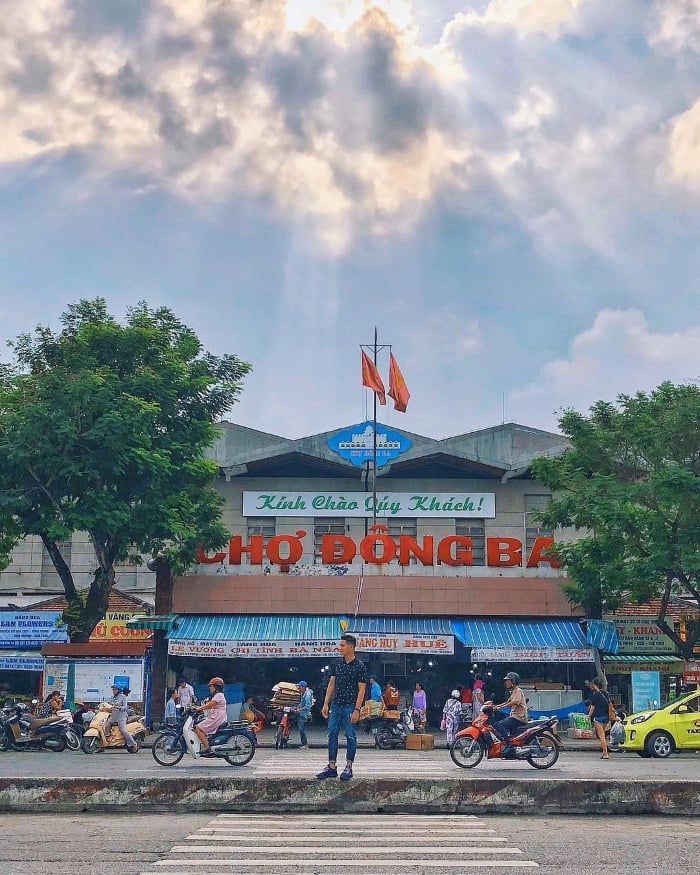
Dong Ba Market is the oldest and largest Hue market (16,000 square meters), located just north of Trang Tien Bridge and about 1 kilometer east of the Imperial City. It is an indispensable trading center of the Hue people, where hundreds of stalls sell household items, handicrafts, garments, and fresh groceries at wallet-friendly prices. Coming to Dong Ba Market, you can get lost in the busy everyday life of the residents and unlimited options for shopping and having delicious street food.
Address: 2 Tran Hung Dao Street, Phu Hoa Ward, Hue City, Thua Thien Hue Province
Entrance fee: Free
3.8. Hue Walking Streets - Fantastic Hue nightlife
If you seek energetic nightlife after wandering around historical sites, Hue walking streets are the ideal spots favored by foreign and local sightseers. These walking streets hold a unique enchantment of long-standing tradition and modern lifestyle that no Hue visitor should miss. There are two famous walking streets located right in the center of Hue city, 1.5 kilometers away from Dong Ba Market.
Along the riverside of the Perfume River (Huong River) and facing Trang Tien Bridge, Nguyen Dinh Chieu Pedestrian Street is the first official walking street in Hue Vietnam. It affords a spacious and shining area with a laid-back vibe where you can have a sightseeing walk, enjoy the fresh air and panoramic river view, shop for hand-made keepsakes, and watch delightful street performances. You can also spend your time on the dragon boats on the Perfume River and listening to the live Hue Royal Court Music - the first-ever UNESCO-recognized intangible cultural heritage of Vietnam.
Address: Nguyen Dinh Chieu Street, Phu Hoi Ward, Hue City, Thua Thien Hue Province
Entrance fee: Free
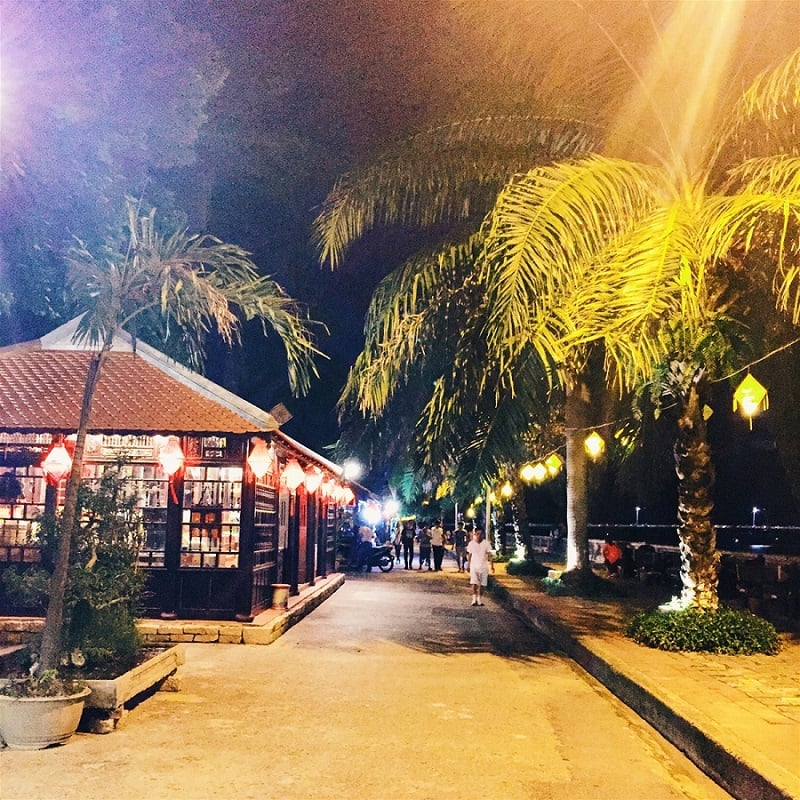
Connected to Nguyen Dinh Chieu Street, the adjacent Pham Ngu Lao – Chu Van An – Vo Thi Sau pedestrian streets (known as the Central Walking Streets) in the Western Quarter, which were opened in 2017, offer a different vibe. As a dynamic and young neighborhood, this Hue walking area is a paradise for party-goers and night owls to free themselves of any worry, get buzzed on cheap drinks at outdoor bars and clubs, as well as taste scrumptious Hue street food.
Address: Vo Thi Sau Street, Phu Hoi Ward, Hue City, Thua Thien Hue Province
Entrance fee: Free
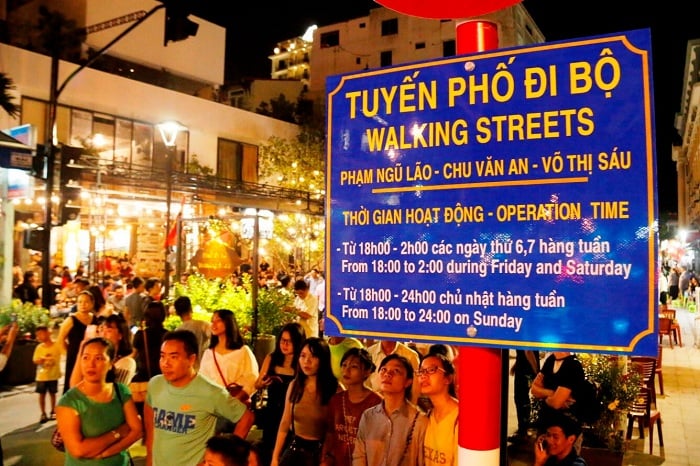
You may also like:
- Best places to visit in Vietnam: TOP 15+ exotic spots not to be skipped
- Airlines in Vietnam: TOP 5 best domestic brands for passengers
- Green Sticky Rice (Com): An iconic food to enjoy the autumn vibe in Vietnam
4. Top things to do in Hue
4.1. Ride a dragon boat and listen to Hue songs
Riding on beautifully decorated boats while listening to the traditional songs of Hue is an unforgettable experience that will transport you back in time. The music, combined with the rhythmic engines of the boats, create an enchanting atmosphere that will leave you feeling peaceful and content. Even it you are not a music lover, going on dragon boats and listening to Hue songs is an absolute must-do activity when visiting Hue.

4.2. Visit Hue mausoleums for the Nguyen Dynasty kings
Hue is home to a collection of magnificent mausoleums that pay homage to the famous Nguyen Dynasty kings. These are not only impressive architectural wonders but also significant historical and cultural sites. Each mausoleum showcases distinct designs, intricate details, and beautiful natural settings, allowing visitors to glimpse into the country's fascinating history.
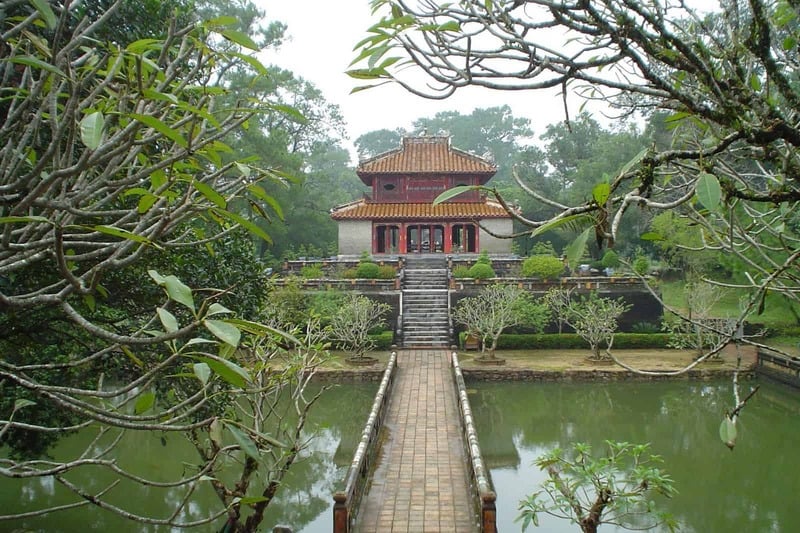
Visitors can explore many mausoleums on the same day by taking advantage of Hue tours. The entry fees range from 50,000 VND to 200,000 VND.
4.3. Try salty coffee
If you are looking for a novel twist to your coffee experience, the unique salt coffee in Hue is not to be missed. It is more than just a caffeine fix; it is an adventure for your tastebuds! The sweet and savory flavor profile is surprisingly harmonious. It may sound odd at first, but once you take that first sip, you will know why this unconventional concoction has become a local favorite!
4.4. Explore and take photos at Huong Village
Huong Village is renowned for its long-standing tradition of making incense sticks. The village has preserved its cultural heritage, and the locals are skilled artisans who have passed down their craft through generations. Walking through the village, you will find narrow streets lined with charming houses, some of which double as incense workshops. Make sure you bring a good camera because every inch of this village is Instagram-worthy!

4.5. Take a stroll or dip at the beach
Hue is blessed with a host of breathtaking beaches, and they offer serenity and tranquility that is hard to find in the city. You can walk along the untouched shores or take a dip in the turquoise blue waters. You may also get to witness local fishermen out catching fish!
5. What to eat: Hue specialty
Hue cuisine has risen to a new level with its notable regional traits in Central Vietnam. From imperial delicacies to street food, Hue dishes are bursting with fresh ingredients and delicate flavors, aesthetically presented in small portions which reflect the elegant characteristics of the Hue people. The ancient capital is a dreamland for those wishing to indulge themselves in the authentic traditional food that was once exclusively served to the royals at affordable prices. Here are the best Hue foods that you cannot leave without trying.
- Bun Bo Hue - The iconic dish of Hue cuisine
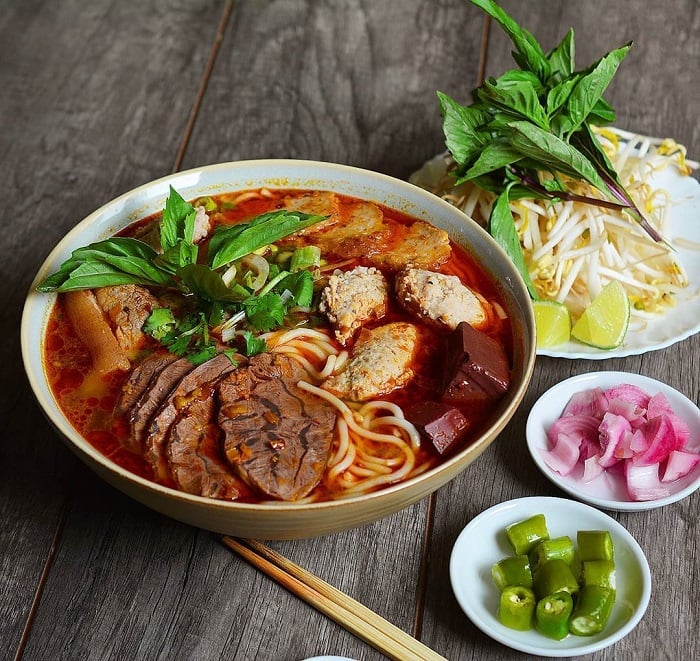
- Com Hen - A popular specialty of the Hue locals
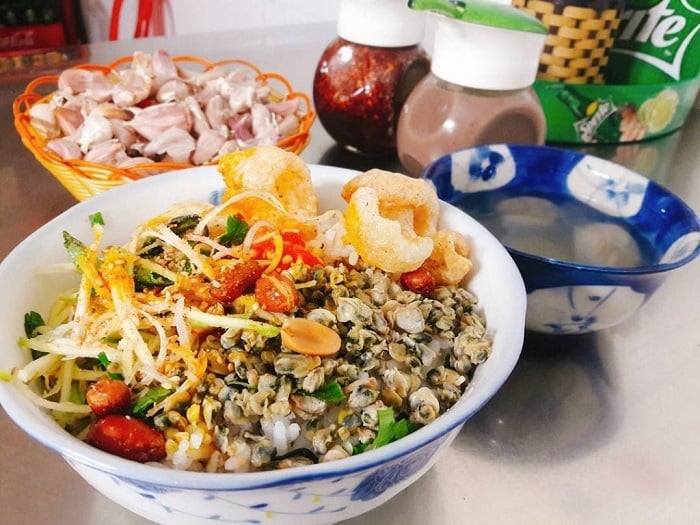
- Banh Beo Hue - A Hue signature muffin
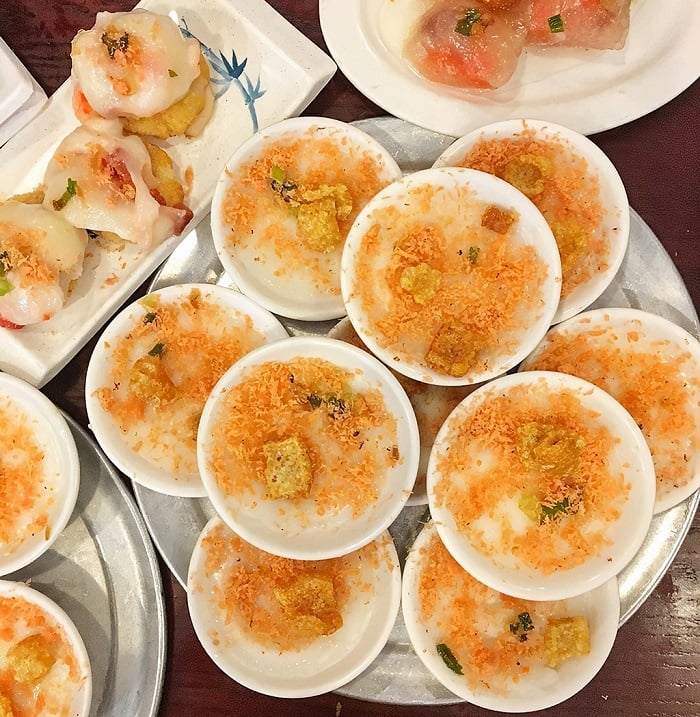
- Banh Khoai - A delicious Hue pancake
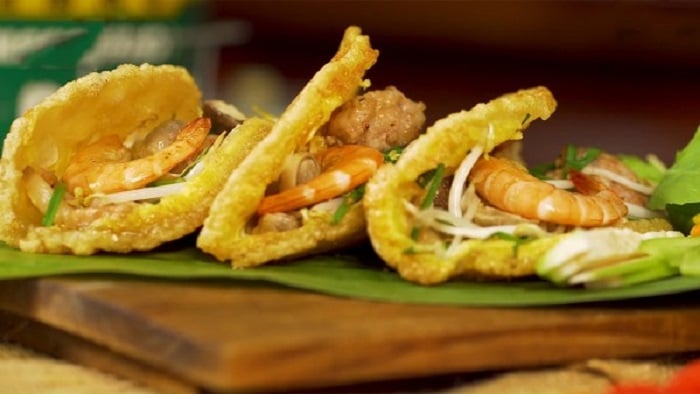
- Nem Lui - Hue lemongrass pork skewers
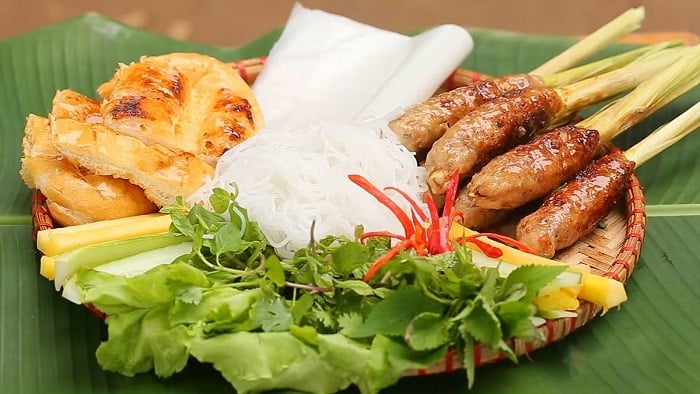
- Com Am Phu (Hell Rice) - A favorite delicacy of the king
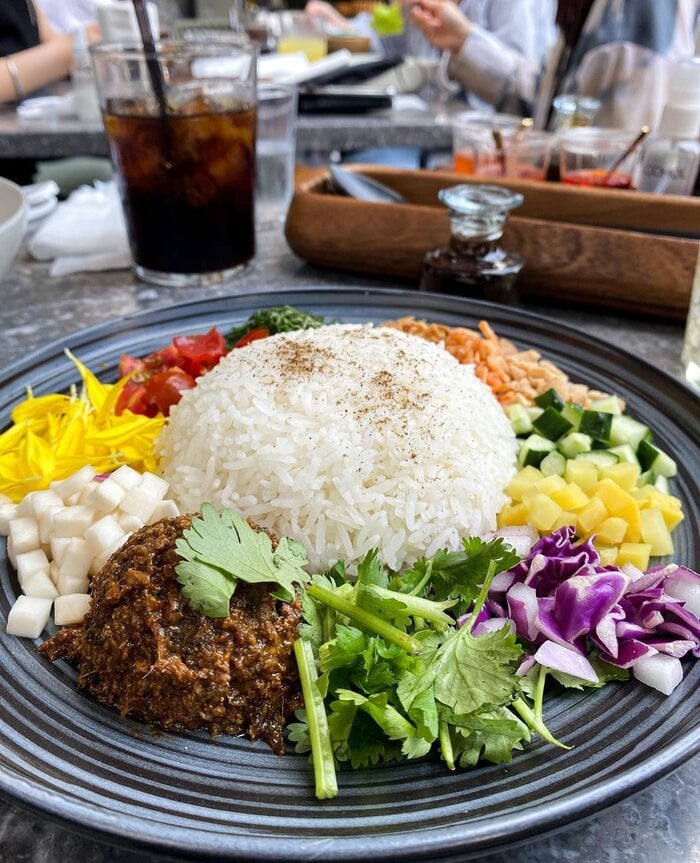
- Bun Thit Nuong - Hue Grilled Pork Vermicelli

- Banh Bot Loc & Banh Nam - Hue’s symbolic dumplings
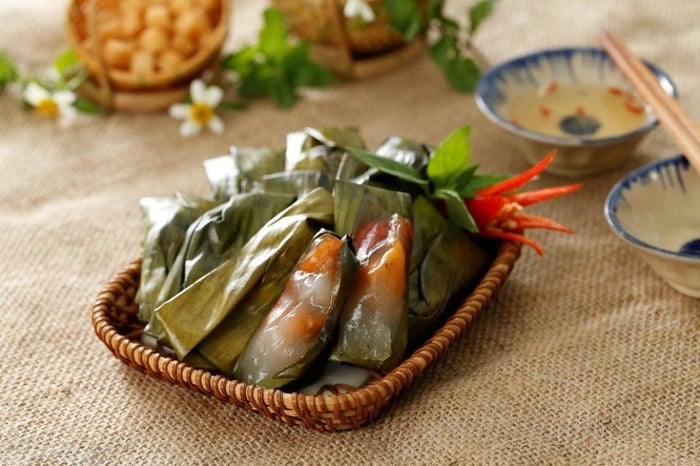
Articles for you:
- Hue Hoi An: The ULTIMATE Guide for Your Best Choice of Transportation
- Hue Night Walking Street: An IDEAL place for gathering, drinking and more
- Perfume River: Explore the symbol of the glamorous beauty of Hue City
6. What to buy: Traditional gifts of Hue Vietnam
Once your trip to Hue, Vietnam nears its end, finding the right Hue souvenirs to take home as gifts for family, friends, and colleagues would be stressful. Below are some recommendations of must-buy Hue gifts for your budget-friendly shopping list.
- Hue Conical Hat (Non La) - The symbol of Vietnam
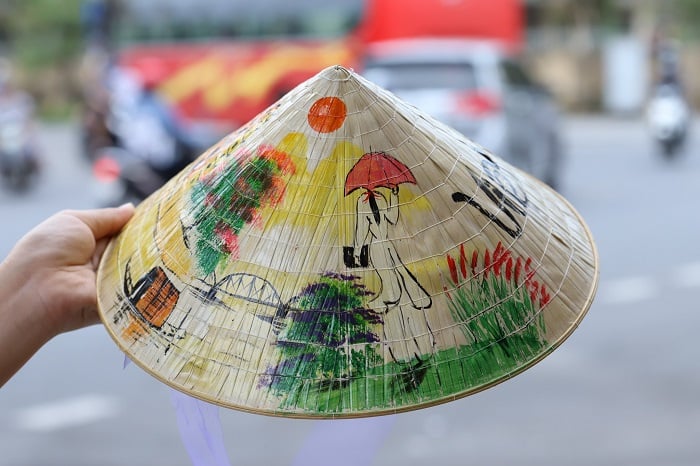
- Tailor-Made Ao Dai Hue - The traditional Vietnamese dress

- Tre Hue - The delectable Hue sausage
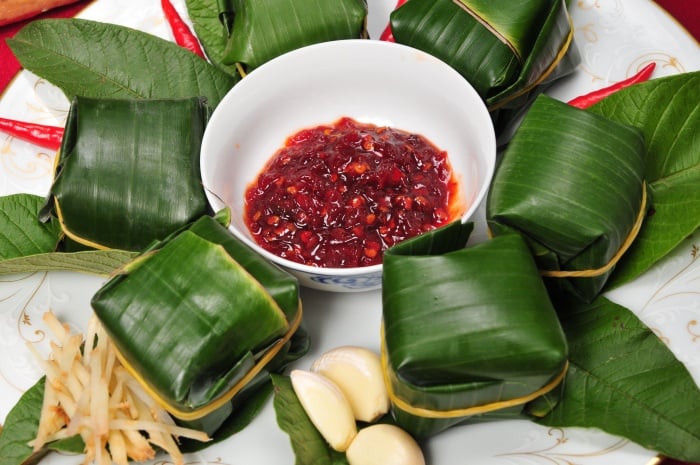
- Dried Lotus Seed
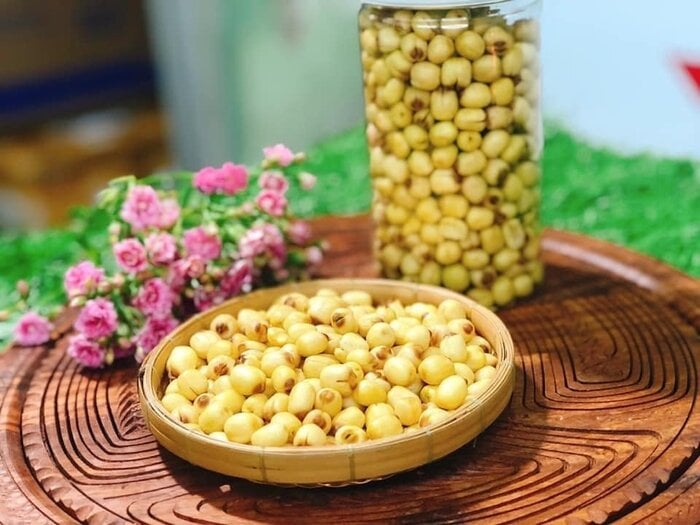
- Keo Me Xung - Peanut and sesame candy
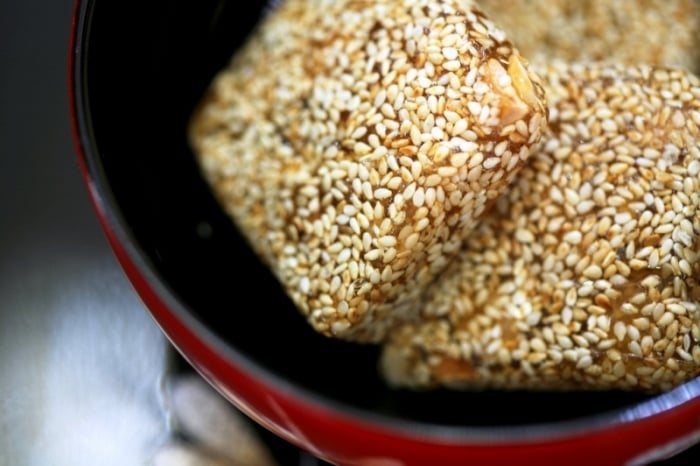
- Keo Cau - Hue areca-nut candy
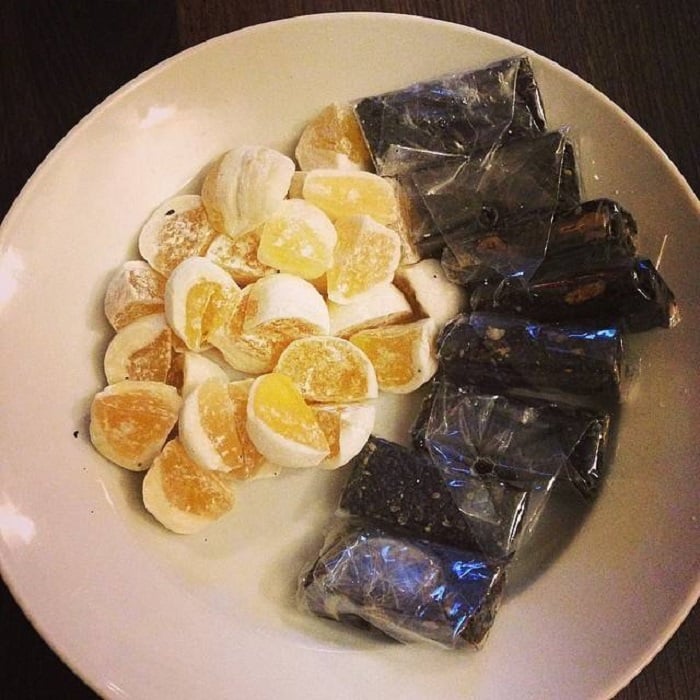
- Folk Paintings
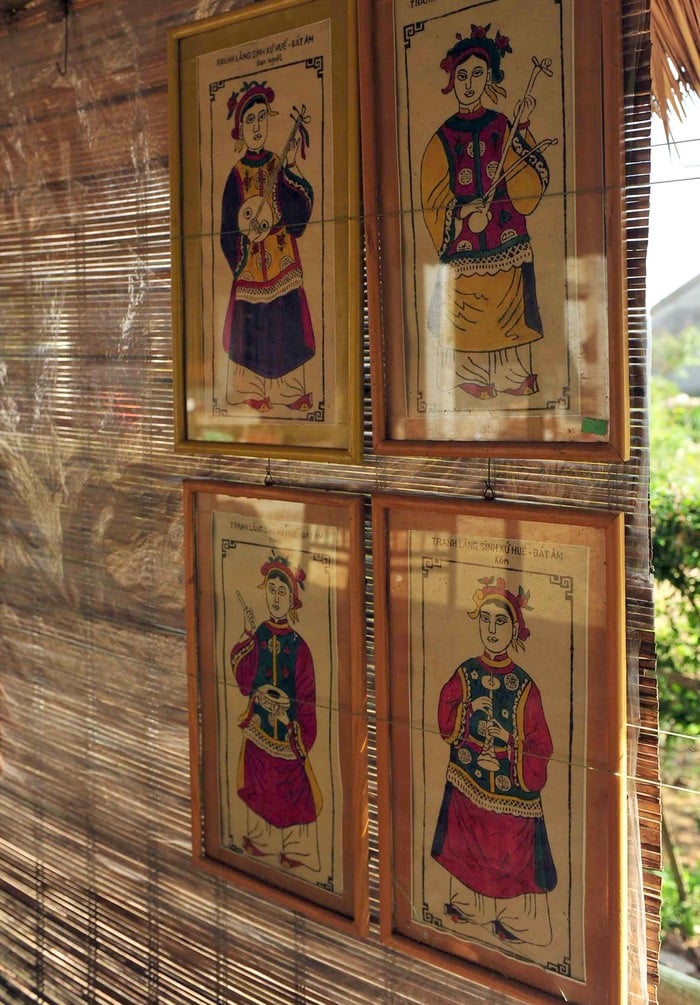
Hue, Vietnam is a source of endless fascination for adventurers to delve into feudal history, traditional rituals, religious atmosphere, and world cultural heritages. Are you ready to start your fabulous trip to this imperial land?


